Alexandra Van Dine
Histogram-based Parameter-efficient Tuning for Passive Sonar Classification
Apr 22, 2025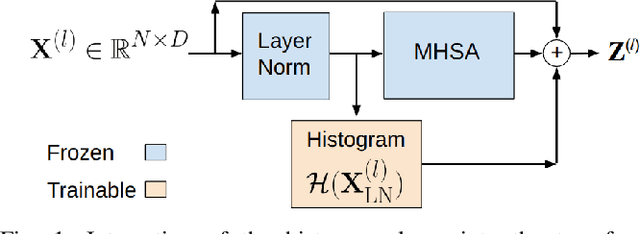
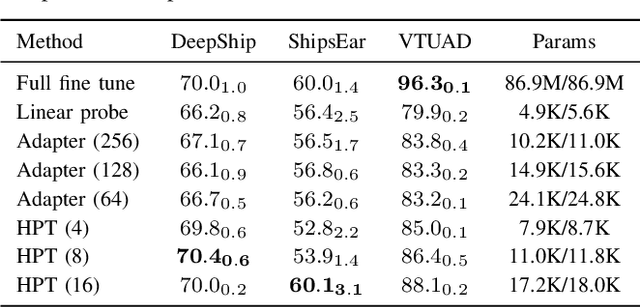
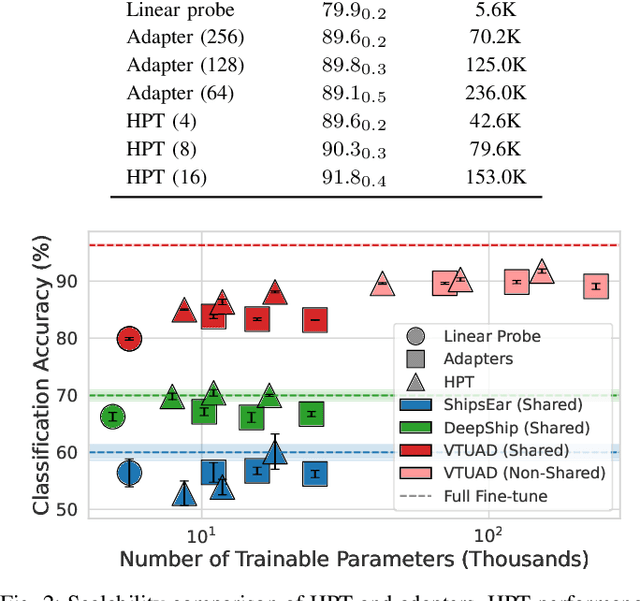
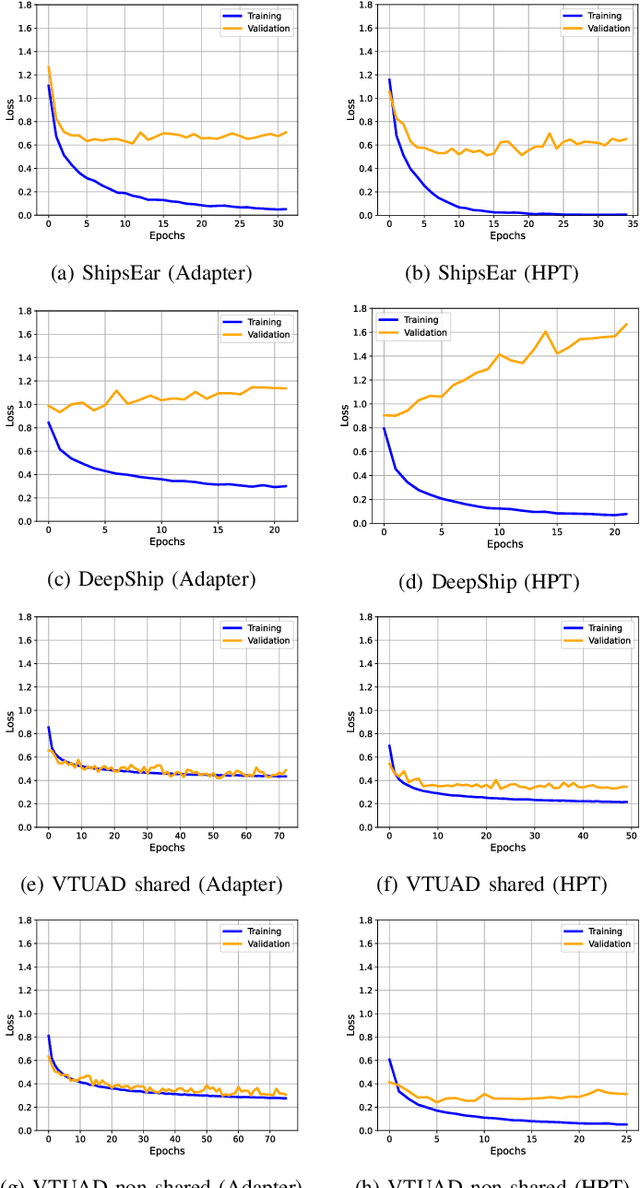
Abstract:Parameter-efficient transfer learning (PETL) methods adapt large artificial neural networks to downstream tasks without fine-tuning the entire model. However, existing additive methods, such as adapters, sometimes struggle to capture distributional shifts in intermediate feature embeddings. We propose a novel histogram-based parameter-efficient tuning (HPT) technique that captures the statistics of the target domain and modulates the embeddings. Experimental results on three downstream passive sonar datasets (ShipsEar, DeepShip, VTUAD) demonstrate that HPT outperforms conventional adapters. Notably, HPT achieves 91.8% vs. 89.8% accuracy on VTUAD. Furthermore, HPT trains faster and yields feature representations closer to those of fully fine-tuned models. Overall, HPT balances parameter savings and performance, providing a distribution-aware alternative to existing adapters and shows a promising direction for scalable transfer learning in resource-constrained environments. The code is publicly available: https://github.com/Advanced-Vision-and-Learning-Lab/HLAST_DeepShip_ParameterEfficient.
Quantitative Measures for Passive Sonar Texture Analysis
Apr 21, 2025Abstract:Passive sonar signals contain complex characteristics often arising from environmental noise, vessel machinery, and propagation effects. While convolutional neural networks (CNNs) perform well on passive sonar classification tasks, they can struggle with statistical variations that occur in the data. To investigate this limitation, synthetic underwater acoustic datasets are generated that centered on amplitude and period variations. Two metrics are proposed to quantify and validate these characteristics in the context of statistical and structural texture for passive sonar. These measures are applied to real-world passive sonar datasets to assess texture information in the signals and correlate the performances of the models. Results show that CNNs underperform on statistically textured signals, but incorporating explicit statistical texture modeling yields consistent improvements. These findings highlight the importance of quantifying texture information for passive sonar classification.
Neural Edge Histogram Descriptors for Underwater Acoustic Target Recognition
Mar 17, 2025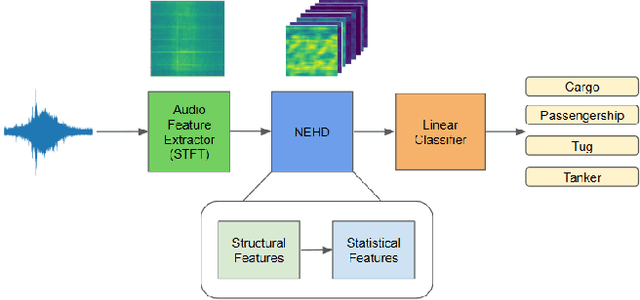
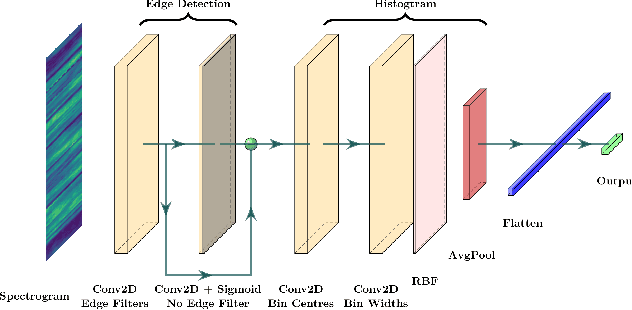

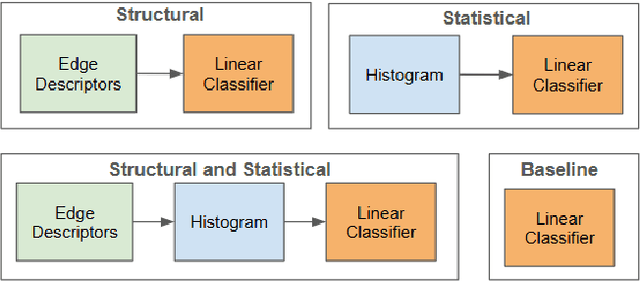
Abstract:Numerous maritime applications rely on the ability to recognize acoustic targets using passive sonar. While there is a growing reliance on pre-trained models for classification tasks, these models often require extensive computational resources and may not perform optimally when transferred to new domains due to dataset variations. To address these challenges, this work adapts the neural edge histogram descriptors (NEHD) method originally developed for image classification, to classify passive sonar signals. We conduct a comprehensive evaluation of statistical and structural texture features, demonstrating that their combination achieves competitive performance with large pre-trained models. The proposed NEHD-based approach offers a lightweight and efficient solution for underwater target recognition, significantly reducing computational costs while maintaining accuracy.
Structural and Statistical Audio Texture Knowledge Distillation (SSATKD) for Passive Sonar Classification
Jan 03, 2025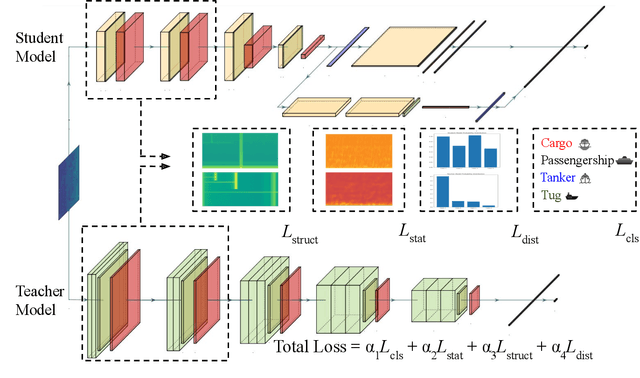
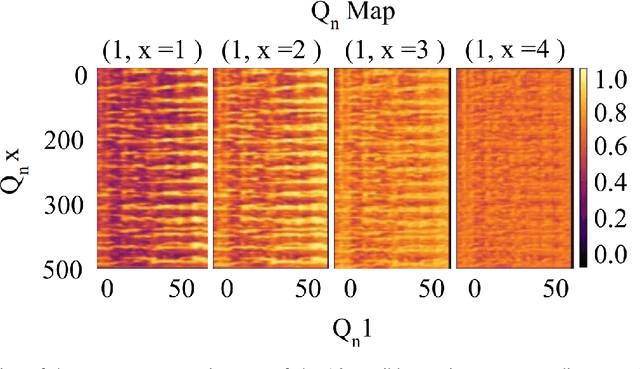
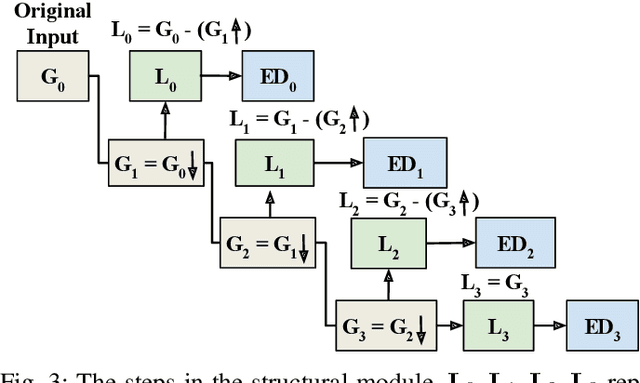
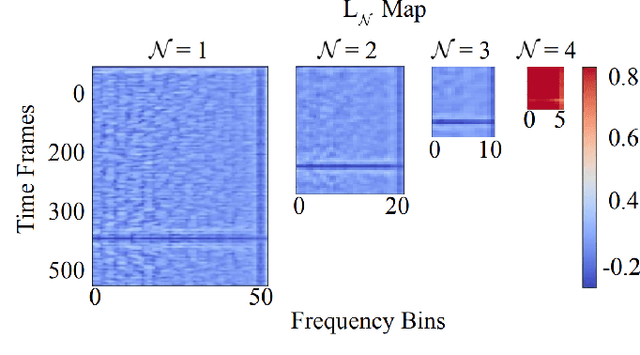
Abstract:Knowledge distillation has been successfully applied to various audio tasks, but its potential in underwater passive sonar target classification remains relatively unexplored. Existing methods often focus on high-level contextual information while overlooking essential low-level audio texture features needed to capture local patterns in sonar data. To address this gap, the Structural and Statistical Audio Texture Knowledge Distillation (SSATKD) framework is proposed for passive sonar target classification. SSATKD combines high-level contextual information with low-level audio textures by utilizing an Edge Detection Module for structural texture extraction and a Statistical Knowledge Extractor Module to capture signal variability and distribution. Experimental results confirm that SSATKD improves classification accuracy while optimizing memory and computational resources, making it well-suited for resource-constrained environments.
Investigation of Time-Frequency Feature Combinations with Histogram Layer Time Delay Neural Networks
Sep 20, 2024
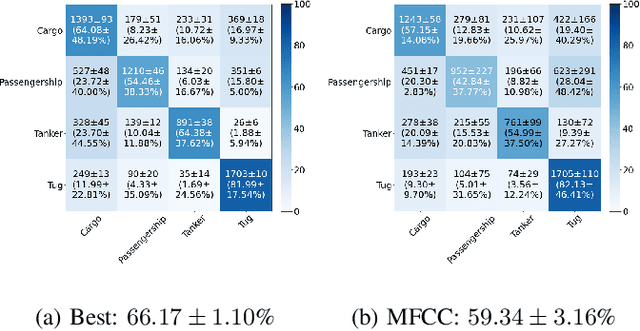
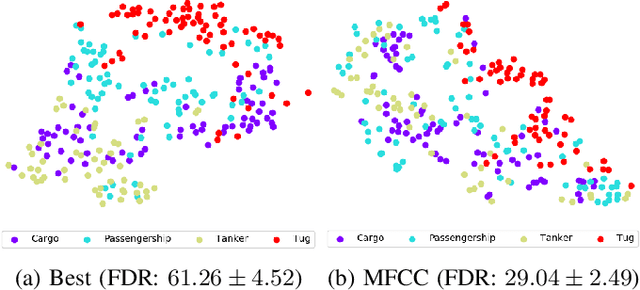
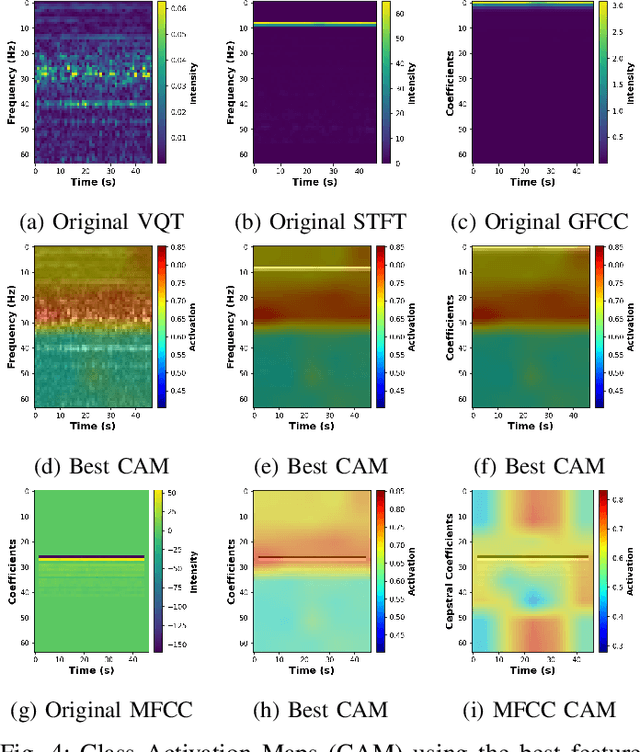
Abstract:While deep learning has reduced the prevalence of manual feature extraction, transformation of data via feature engineering remains essential for improving model performance, particularly for underwater acoustic signals. The methods by which audio signals are converted into time-frequency representations and the subsequent handling of these spectrograms can significantly impact performance. This work demonstrates the performance impact of using different combinations of time-frequency features in a histogram layer time delay neural network. An optimal set of features is identified with results indicating that specific feature combinations outperform single data features.
Transfer Learning for Passive Sonar Classification using Pre-trained Audio and ImageNet Models
Sep 20, 2024
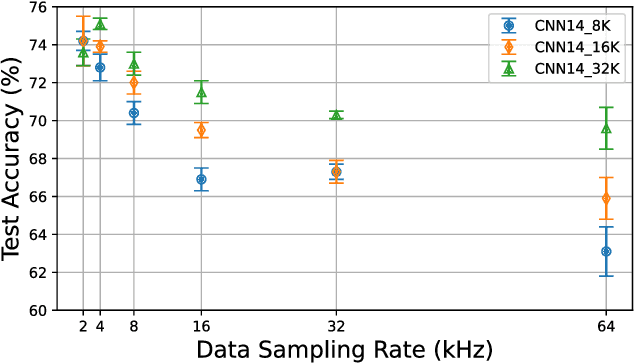
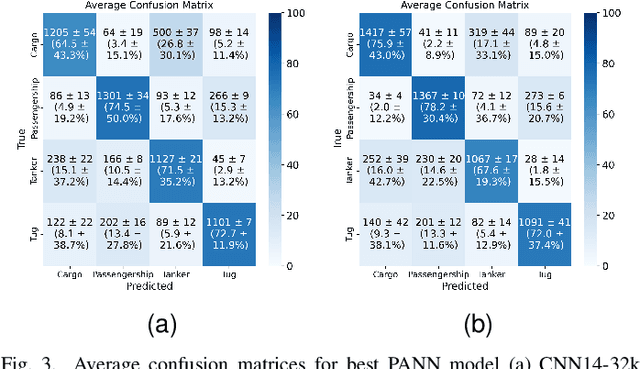
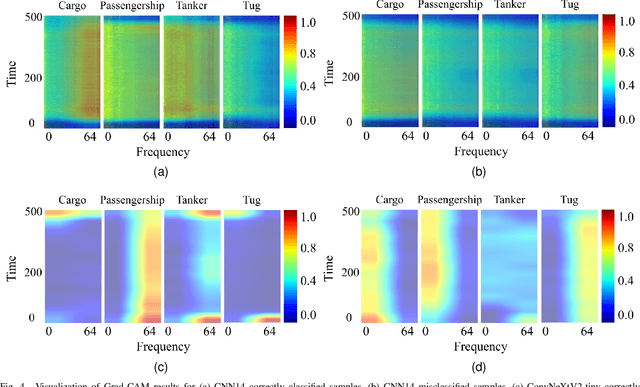
Abstract:Transfer learning is commonly employed to leverage large, pre-trained models and perform fine-tuning for downstream tasks. The most prevalent pre-trained models are initially trained using ImageNet. However, their ability to generalize can vary across different data modalities. This study compares pre-trained Audio Neural Networks (PANNs) and ImageNet pre-trained models within the context of underwater acoustic target recognition (UATR). It was observed that the ImageNet pre-trained models slightly out-perform pre-trained audio models in passive sonar classification. We also analyzed the impact of audio sampling rates for model pre-training and fine-tuning. This study contributes to transfer learning applications of UATR, illustrating the potential of pre-trained models to address limitations caused by scarce, labeled data in the UATR domain.
Histogram Layer Time Delay Neural Networks for Passive Sonar Classification
Jul 25, 2023Abstract:Underwater acoustic target detection in remote marine sensing operations is challenging due to complex sound wave propagation. Despite the availability of reliable sonar systems, target recognition remains a difficult problem. Various methods address improved target recognition. However, most struggle to disentangle the high-dimensional, non-linear patterns in the observed target recordings. In this work, a novel method combines a time delay neural network and histogram layer to incorporate statistical contexts for improved feature learning and underwater acoustic target classification. The proposed method outperforms the baseline model, demonstrating the utility in incorporating statistical contexts for passive sonar target recognition. The code for this work is publicly available.
 Add to Chrome
Add to Chrome Add to Firefox
Add to Firefox Add to Edge
Add to Edge